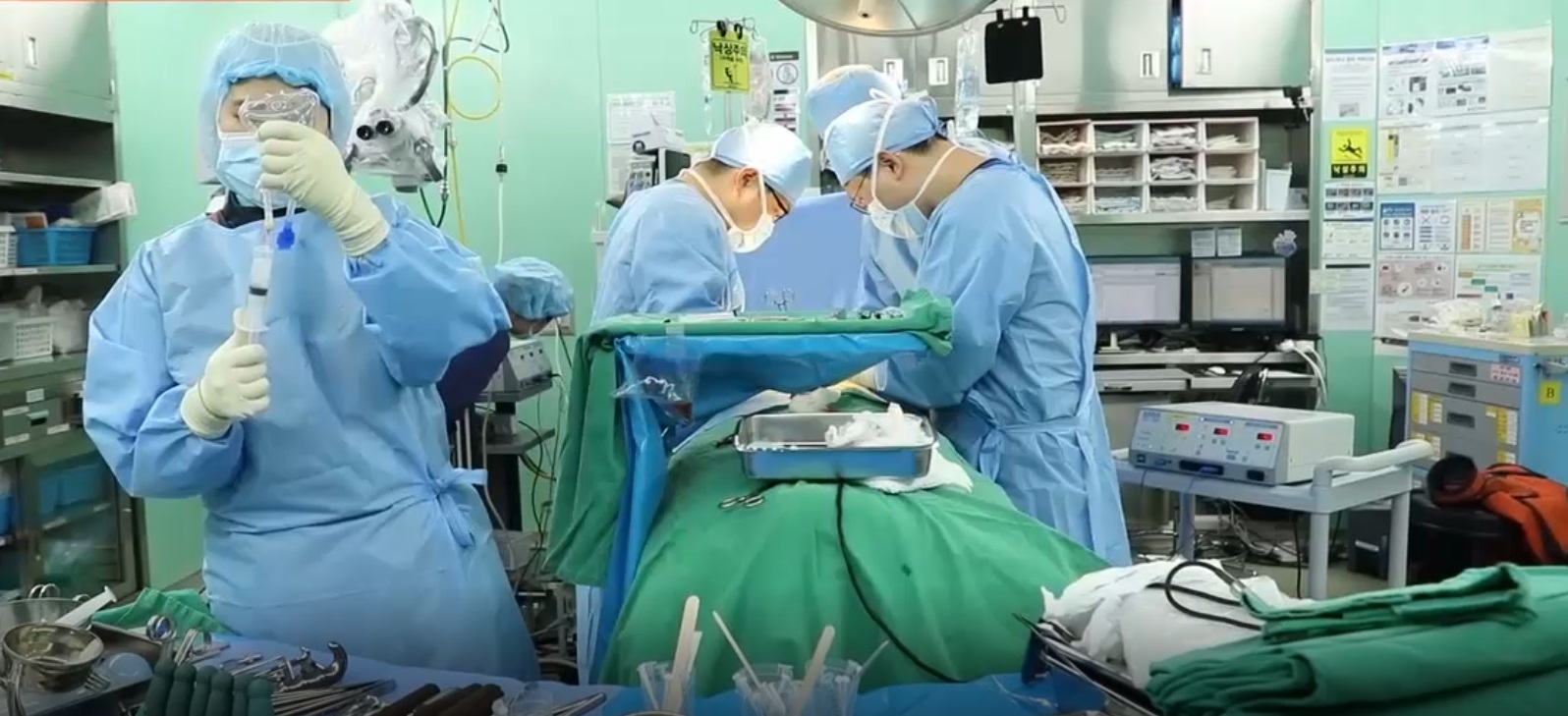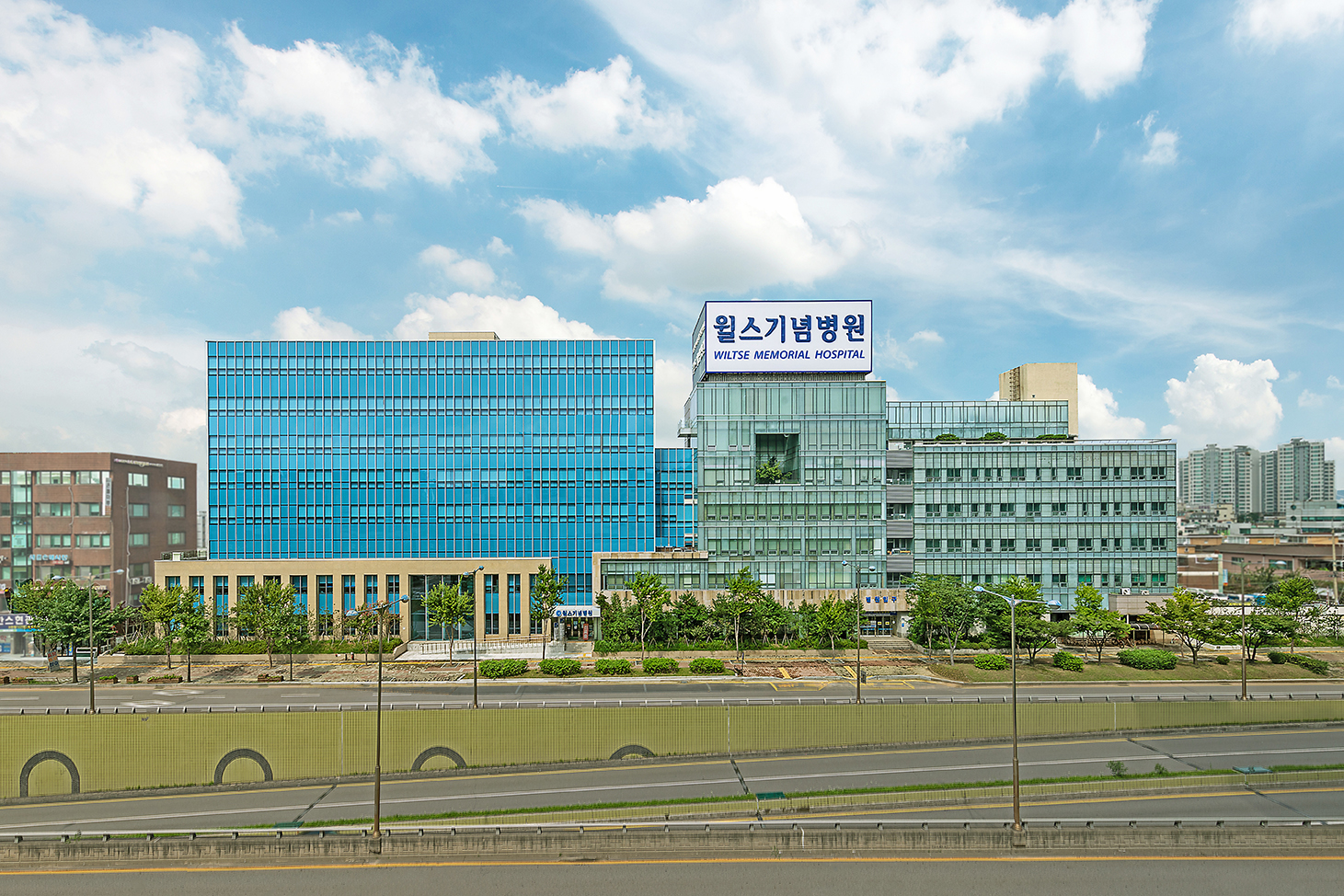[APR. 2022] Wiltse Memorial Hospital: Unilateral Biportal Endoscopic Spinal Surgery
- Name 관리자
- Date 2022-04-21
Wiltse Memorial Hospital: Unilateral Biportal Endoscopic Spinal Surgery, a Type of Surgery that will Become a Norm for Back Surgeries
Spinal disc herniation, also known as simply herniated disc, is a spinal disease that can happen to anyone. Some symptoms include pain in the back or the hips, tingling in the legs or feeling like someone is pulling the muscles, pain or tingling in the calf muscle or toes, paresthesia, and if worse, difficulties related to going to the bathroom. Spinal disc herniation occurs when the disc that should absorb shock between the spines is injured or ruptured, causing the nucleus pulposus within the disc to leak out and place pressure on adjacent nerves. Some reasons for spinal disc herniation include degenerative changes due to aging, strong external shock, or bad posture.
Most patients with spinal disc herniation can get better with conservative treatment methods including drugs, injection therapy, or physiotherapy, by resting, or improving their lifestyles. However, if conservative treatments end up being ineffective, and if the disc rupture causes extreme pain that leads to gait disturbances or paraplegia, patients may need to have unilateral biportal endoscopic spinal surgery.
Unilateral biportal endoscopic spinal surgery, which is a minimally invasive surgery, is being widely used with the development of endoscopic surgical equipment and new approaches. Two small holes that are less than one centimeter each are made in the back, one for a specialized endoscope with a magnification of 8 to 10 times, and the other for surgical equipment. The doctor will look at the screen that shows the inner part of the back to remove the slipped disc, or excise the thick yellow ligament or the bone.
There are many advantages to unilateral biportal endoscopic spinal surgery compared to the previous surgeries that needed large incisions.
1. Reduce facet joint damage and preserve surrounding tissues
As the surgery is a minimally invasive type of surgery, it is possible to minimize damage to the bones, muscles, and ligaments during the surgical procedure.
2. Improvements to spinal endoscopes
With improvements in spinal endoscopes, it has become possible to greatly magnify the affected area during surgery. This leads to fewer possibilities of damage to nerve tissues or dura. It is also possible to completely eliminate lesions to achieve the best possible clinical results.
3. Low risk of infection
By only making a minimal incision, it can prevent the wound from coming into contact with air particles and so reduce complications after the surgery including discitis and spondylitis. This has also reduced the medical costs for patients regarding pain management, hospitalization, and other treatments after the surgery.
4. Cost-effectiveness
There is less bleeding and pain during the surgery, leading to shorter hospitalization. So, the level of satisfaction from the patients is high.
5. Low risk of complications
Older patients with chronic diseases, including diabetes, high blood pressure, and hyperlipidemia, are likely to develop complications that lead to prolonged surgical procedures or bleeding. Unilateral biportal endoscopic spinal surgery reduces the possibilities of complications for older patients as it only requires local anesthesia and brief surgery with less bleeding.
Director Jang Jae-won from the Spine Center at Wiltse Memorial Hospital stated, “As spinal diseases greatly impact the quality of life, many specialists are conducting research on fundamental treatment of such diseases.” He added, “Among the possible treatment methods, unilateral biportal endoscopic spinal surgery has many advantages and has generated positive feedback from the patients. This is why I believe it can become a norm for back surgeries.”
More information on unilateral biportal endoscopic spinal surgery is available on the paper “Rationale and Advantages of Endoscopic Spine Surgery” published in the International Journal of Spine Surgery (IJSS).
[HOMEPAGE] http://allspine.com/eng/

